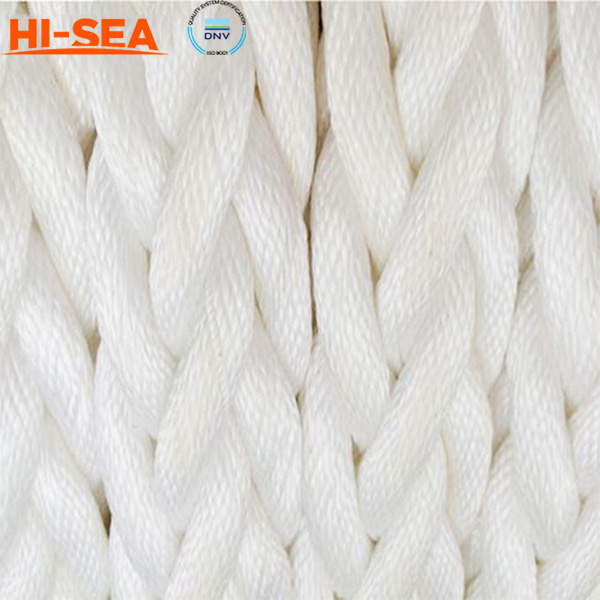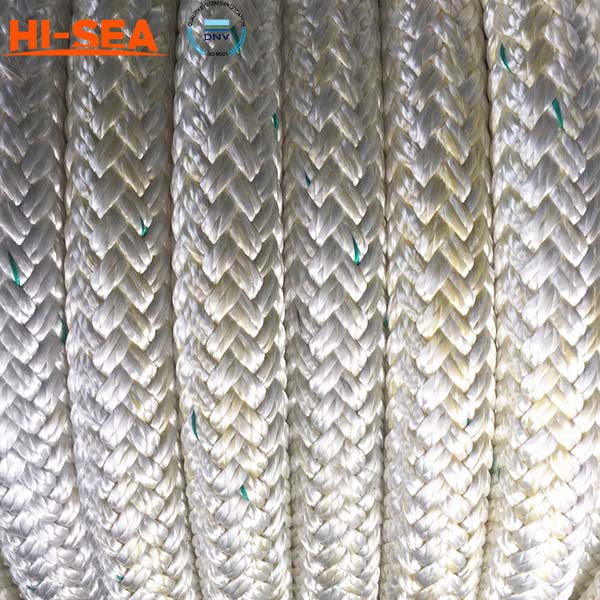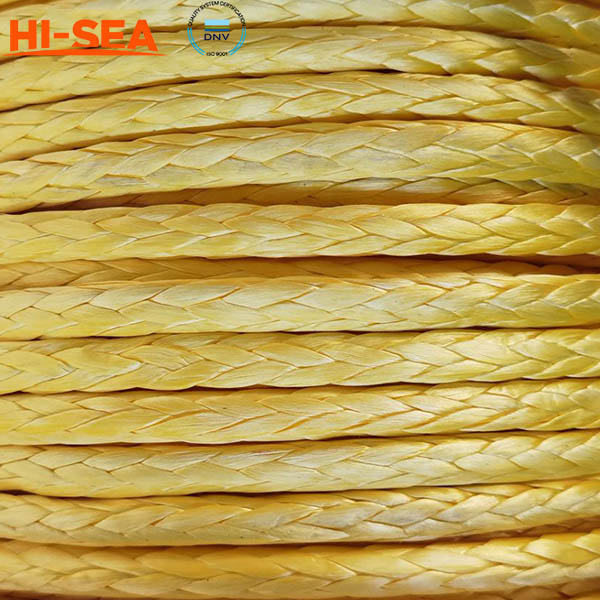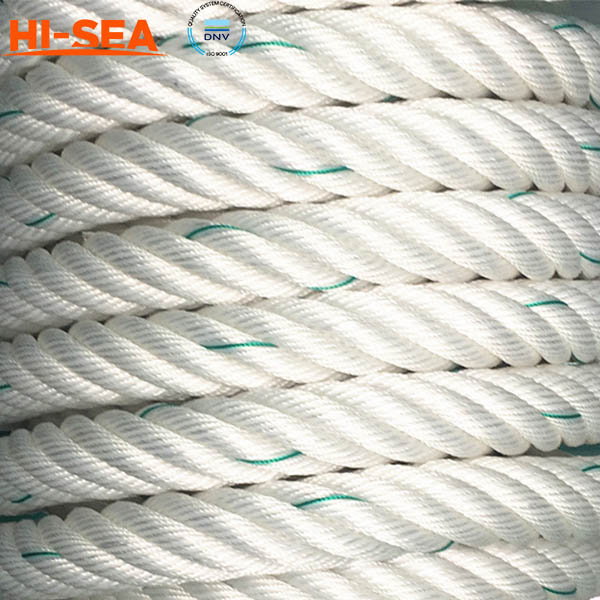MARINE & OFFSHORE EQUIPMENT
- Dredging Equipment
- Marine Deck Machinery
-
Marine Mooring Equipment
-
Marine Anchor
- AC-14 HHP Anchor
- Admiralty Anchor
- Beldt Stockless Anchor
- Bruce Anchor
- Spek Anchor
- Danforth HHP Anchor
- Delta High Holding Power Anchor
- GB11579-89 Light Weight Anchor
- Hall Anchor
- High Holding Power Mastrosov Anchor
- Hot Dip Galvanized Anchor
- Japan Stock Anchor
- JIS Stockless Anchor
- Pool Anchor
- Single Fluke Anchor
- Stainless Steel Anchor
- Stevpris MK5 Anchor
- Stingray Anchor
- US Navy Stockless Anchor
-
Marine Anchor Chain
-
Marine Shackle
- Kenter Shackle
- D Type Joining Shackle
- Pear Shaped Shackle
- Anchor Swivel Shackle Type A
- Anchor Swivel Shackle Type B
- Buoy Shackle Type A
- Buoy Shackle Type B
- C Type Detachable Connecting Link
- D Shackle
- Forelock Shackle
- Anchor Chain Swivel Group
- Straight Shackle
- Anchor Shackle
- Marine Triangle Plate
- Anchor Chain Swivel
- Anchor Chain Joining Shackle
- Anchor Chain End Shackle
- Slim Kenter Shackle
-
Chain Chaser
-
Marine Bollard
-
Marine Chock
-
Marine Fairlead
-
Marine Chain Stopper
-
Marine Mooring Reel
-
Marine Towing Bracket
-
Mooring Rope
-
Marine Towing Hook
-
Marine Shark Jaw
- Marine Fender
-
Marine Buoy
- Marine Floating Pontoon Dock
-
Marine Anchor
- Aquaculture Equipment
- Marine Outfitting Equipment
- Marine Propulsion System
-
Marine Painting
-
Marine Auxiliary Machinery
- Marine Air Compressor
- Marine Air Receiver
- Marine Sewage Treatment Plant
-
Marine Diesel Generator Set
- Marine Oil Water Separator
- Ballast Water Management System
- Marine Hydrophore
- Marine Calorifier
- Seawater Desalination Plant
-
Marine Oil Separator
- Marine Fuel Oil Supply Unit
- Marine Heat Exchanger
-
Marine Hot Well Unit
-
Marine Incinerator
-
Marine Boiler
-
Marine Valve
- JIS Marine Valve
- DIN Marine Valve
- ANSI Marine Valve
- GB Marine Valve
- CB Marine Valve
- CBM Marine Valve
-
Marine Gate Valve
-
Marine Globe Valve
-
Marine Angle Globe Valve
-
Marine SDNR Valve
-
Marine Angle SDNR Valve
-
Marine Check Valve
-
Marine Storm Valve
-
Marine Butterfly Valve
-
Marine Quick Closing Valve
-
Marine Fire Valve
-
Marine Self Closing Valve
- Marine Valve Accessories
-
Marine Pump
- Marine Centrifugal Pump
- Marine Screw Pump
-
Marine Gear Pump
-
Marine Vortex Pump
-
Marine Ejector Pump
-
Marine Diaphragm Pump
-
Marine Piston Pump
-
Marine Fire Pump
-
Marine Emergency Fire Pump
-
Marine External Fire Pump
-
Marine Ballast Water Pump
-
Marine Fuel Pump
-
Marine Lubricating Oil Pump
-
Marine Bilge Pump
-
Marine Sewage Pump
-
Marine Domestic Water Pump
-
Marine General Pump
-
Marine Cargo Oil Pump
-
Marine Hand Pump
- Marine Pump Parts
- Marine Life-saving Equipment
- Fire-fighting Equipment
- Marine Cable
- Marine Electrical Equipment
- Marine HVAC
-
Labour Protection Appliance
- Marine Decorative Material
-
Marine Anode
- Marine Pipe Fitting & Flange
- Marine Instrument
- Ship Building Equipment
INDUSTRY EQUIPMENT
- Hoisting Equipment
- Welding Machine & Material
-
Cutting Machine
- Container Securing Fitting
- Link Chain
- Container & Storage Equipment
-
Diesel Generator Set
- Other Equipment and Tools
- Petrochemical Equipment
- Fiber Reinforced Plastics
- Polymer Materials
- Environmental Protection Series
- Geo-products and Building Materials
- Metal Mesh
- Steel Grating
-
Earthwork Teeth
-
Turnbuckle
STOCK LIST
Contacts
 Tel:+86-23-67956606
Tel:+86-23-67956606
 FAX:+86-23-67956622
FAX:+86-23-67956622
 Email:manager@cqhisea.com
Email:manager@cqhisea.com
Working Time: 9:00--17:00
Working Day: Monday to Friday Website: www.cqhisea.com

Marine Rope
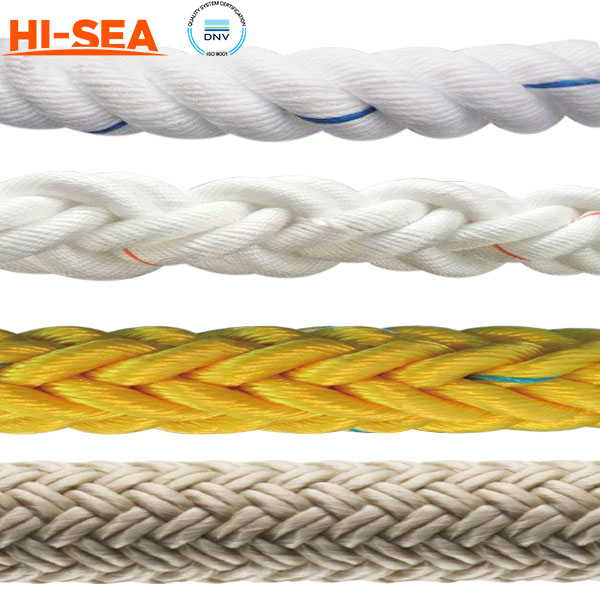
Marine Rope
Description:
The materials of marine ropes can be Marine rope is a type of strong and durable rope that is specifically designed for use in the marine industry. It is typically made from materials that are resistant to water, salt, and sunlight, such as nylon, polyester, and polypropylene. Marine rope is used for a variety of purposes, including mooring and anchoring boats, securing cargo, and towing other vessels. It is also commonly used in sailing and other water sports activities, as well as in industrial and commercial marine applications. Marine rope comes in various sizes, lengths, and strengths to suit different needs and requirements.
Manufacturing Technology of Marine Rope:
Marine ropes are made using a variety of manufacturing technologies depending on the type and application of the rope. Some common technologies include:
1.Twisted Rope: This is the oldest and simplest method of making rope. It involves twisting two or more strands of fibers or yarns together in a helical pattern to form a rope.
2.Braided Rope: In this method, fibers or yarns are braided together in a circular pattern to form a rope. This technology provides more strength and durability to the rope.
3.Kernmantle Rope: This is a combination of twisted and braided ropes. The inner core of the rope is made of twisted fibers or yarns, while the outer layer is braided around it. This technology offers high strength and shock absorption.
4.Hollow Braid Rope: This is a braided rope with a hollow center. It is lightweight and commonly used for applications like sailboat rigging and anchor lines.
5.Double Braid Rope: This is a braided rope with a braided core. It is commonly used in applications where strength and durability are essential, such as mooring lines and tow lines. Materials used in the manufacturing of marine ropes may include natural fibers like cotton, hemp, and sisal or synthetic fibers like nylon, polyester, and polypropylene. Each material has its unique properties, which make it suitable for different applications. For instance, nylon is strong and durable, making it ideal for towing and mooring lines, while polypropylene is lightweight and floatable, making it perfect for use in marine environments.
Specifications of Marine Rope:
1. Material: Marine ropes are made of high-quality materials such as polypropylene, nylon, polyester, and polyethylene. These materials are durable, strong, and can withstand harsh weather conditions.
2. Diameter: Marine ropes come in different diameters depending on their intended use. They can range from 1/8 inch to 3 inches.
3. Breaking strength: The breaking strength of a marine rope refers to the amount of force that the rope can handle before breaking. It is important to choose a marine rope with the right breaking strength depending on the intended use.
4. Floatability: Marine ropes should be able to float on water to prevent them from sinking and causing damage to marine life or structures.
5. UV resistance: Marine ropes are exposed to sunlight and UV rays, which can weaken the fibers and reduce their strength. Therefore, marine ropes are designed to have UV resistance to prevent degradation and ensure their longevity.
6. Abrasion resistance: Marine ropes are often subjected to friction and abrasion when in use. Therefore, they should be made of materials that are resistant to abrasion to prevent wear and tear.
7. Color: Marine ropes come in different colors for easy identification and safety purposes. Bright colors such as yellow, orange, and red are commonly used to enhance visibility.
8. Knotability: Marine ropes should be easy to knot and untie for convenience and safety.
9. Chemical resistance: Marine ropes should be resistant to chemicals such as oil, fuel, and other substances commonly found in marine environments.
10. Construction: Marine ropes can be constructed in different ways such as braided, twisted, or laid. Each construction method has its unique characteristics and advantages depending on the intended use.
Main Types of Marine Ropes:
How to choose a suitable rope?
Marine Ropes
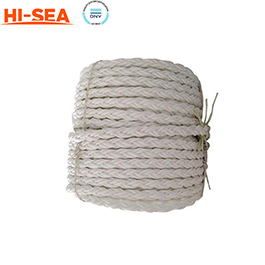
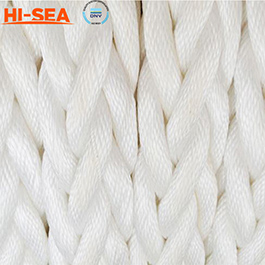
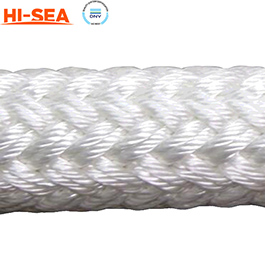
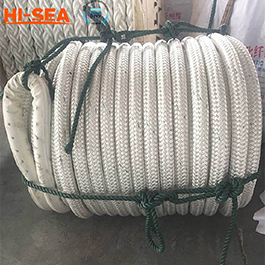
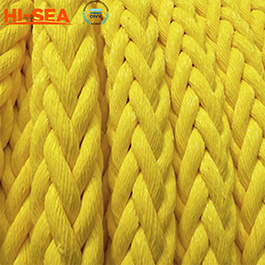
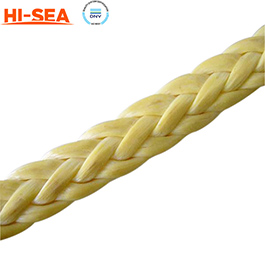
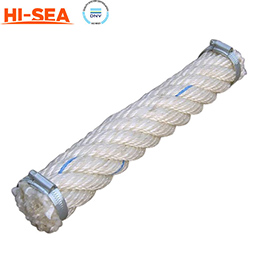
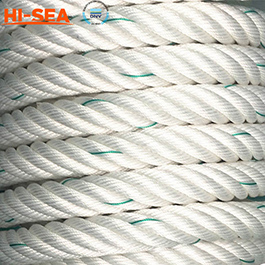
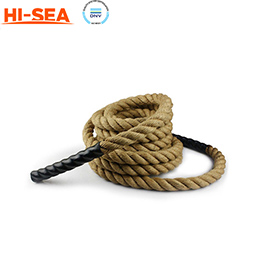
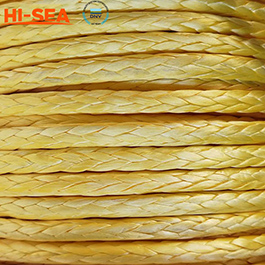
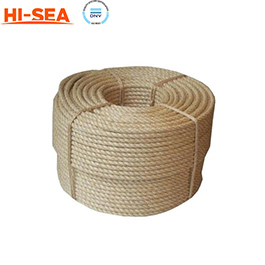
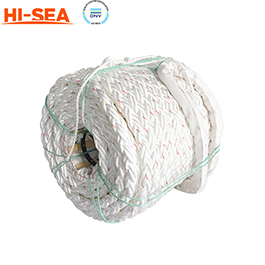
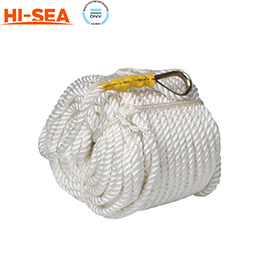
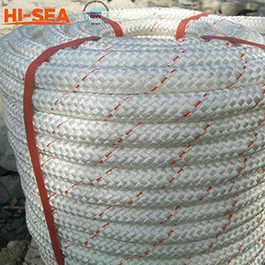
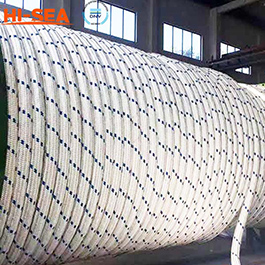
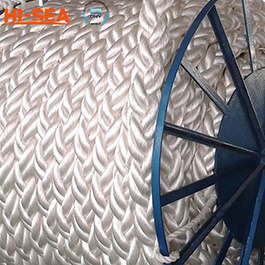
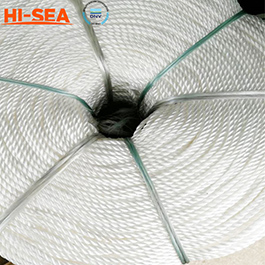
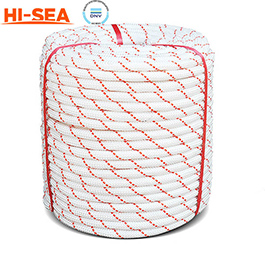
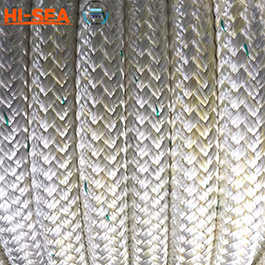
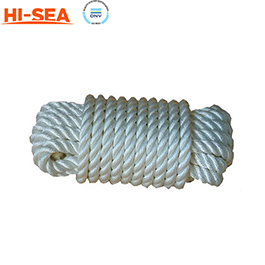
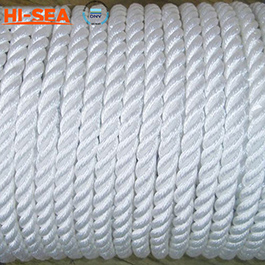
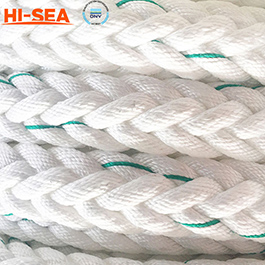
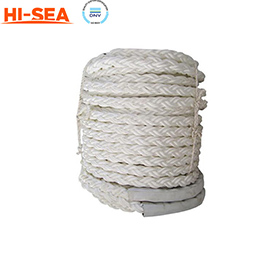
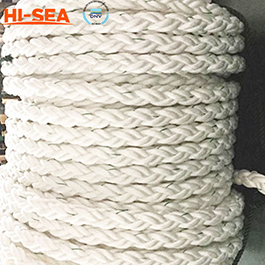
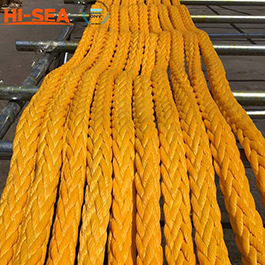
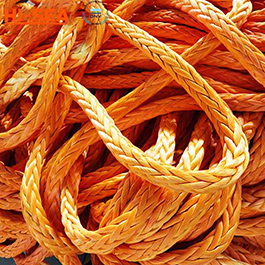
1. Please choose required marine rope material:
Material
Polyamide
multifilament
Polyamide
yarn
Polypropylene
multifilament
Polypropylene
Polyester
Polypropylene and Polyester mixed
Spec.Density
1.14
not floating
1.14
not floating
0.91
floating
0.91
floating
1.27
not floating
0.95
floating
Melting Point
215℃
215℃
165℃
165℃
260℃
165℃/260℃
Abrasion
Resistance
Very Good
Very Good
Medium
Medium
Good
Good
U.V.resistance
Very Good
Very Good
Medium
Medium
Good
Good
Temperature
resistance
120℃ max
120℃ max
70℃ max
70℃ max
120℃ max
80℃ max
Chemical
resistance
Very Good
Very Good
Good
Good
Good
Good
For more materials please contact us.
2. Choose required rope construction:
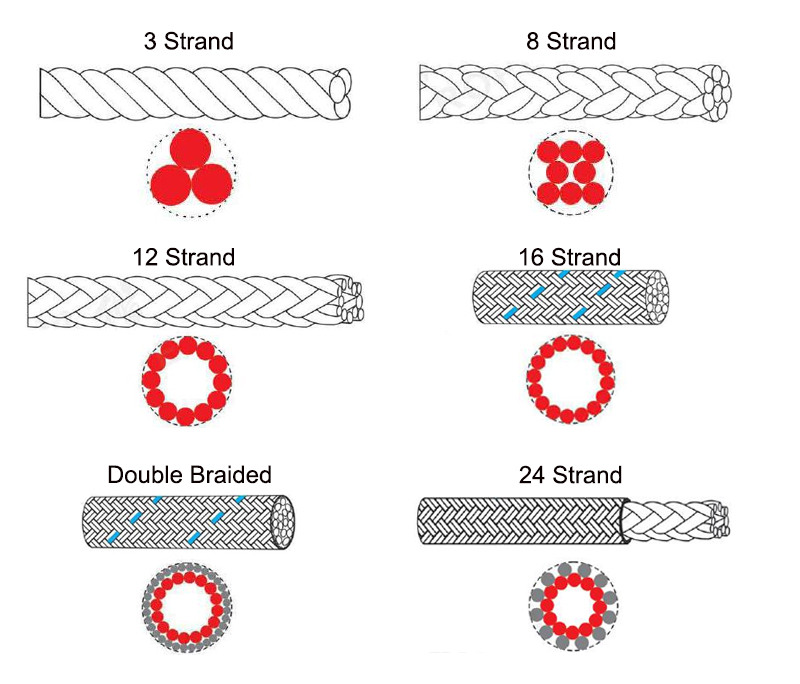
3. Select required rope ends:
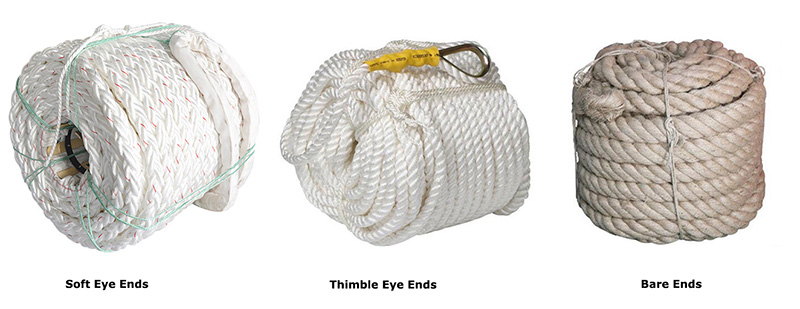
4. Finally tell us the length, diameter and certificate you need, then we can give you quotation.


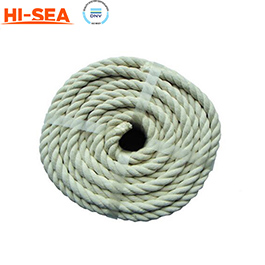 3
3 
